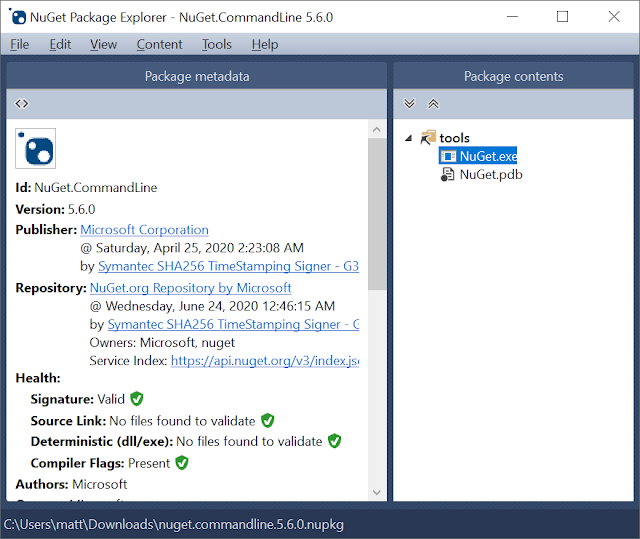You have a list, grid, or some other collection in your software (app/website/other).
Someone clicks, taps, or otherwise selects one of the options and is presented with a new page/window/screen/display showing more information or a different view of the option chosen.
That's the basic "master-detail" functionality.
It's straightforward, but there are at least five ways to mess up this experience.
- Not remember the position in the list when going back to it.
- Resetting the scroll position of the list when returning to it.
- Reloading the master list when returning to it.
- Resorting the master list when returning to it.
- Removing detail from the list and then returning to the list and seeing it there still.
1. Upon going back from the detail to the original collection, the software does not remember which item was previously selected. The focus may be moved elsewhere, or the first item in the list may be selected by default. Such behavior makes it hard to browse using only the keyboard or assistive technologies.
This is exacerbated when the resetting of the list moves the scroll position.
2. You scroll down the list, so none of the items that were initially visible are shown. You select one, view it, and then go back. Imagine then if the list has reverted back to the "top." If you want to keep looking at the options available, it's necessary to scroll back past all the items you've already seen just to get to something new.
It gets worse when the list loads in "pages" of data at a time.
3. You scroll down the list. You get to what is currently the bottom of that list until the software automatically retrieves and then displays more items so you can keep browsing. After doing this a few times, you select one, view it, and then go back. If the master list goes back to the "top" of the list, to get back to where the item you just viewed is shown, the app must repeat the calls to load more "pages" of data.
It gets even worse when the list isn't always in the same order.
4. You scroll down the list with an expectation to look at multiple items. You reach the first item of interest, select it, view it, and then go back. How frustrating is it then if the list is in a different order? Is it reasonable, practical, realistic, or even possible to remember which items have already been viewed? How can a person be expected to find and view everything of interest in a large list that is constantly changing?
Also bad is when lists aren't updated when they should be.
5. Imagine browsing a list of favorites or bookmarked items. You select and view one of the items. While viewing it you remove the bookmark or other indication that it should be in the special list. What then should you feel if the item you've just removed is still shown on that list?
What other examples can you think of how this experience is often poorly implemented?







